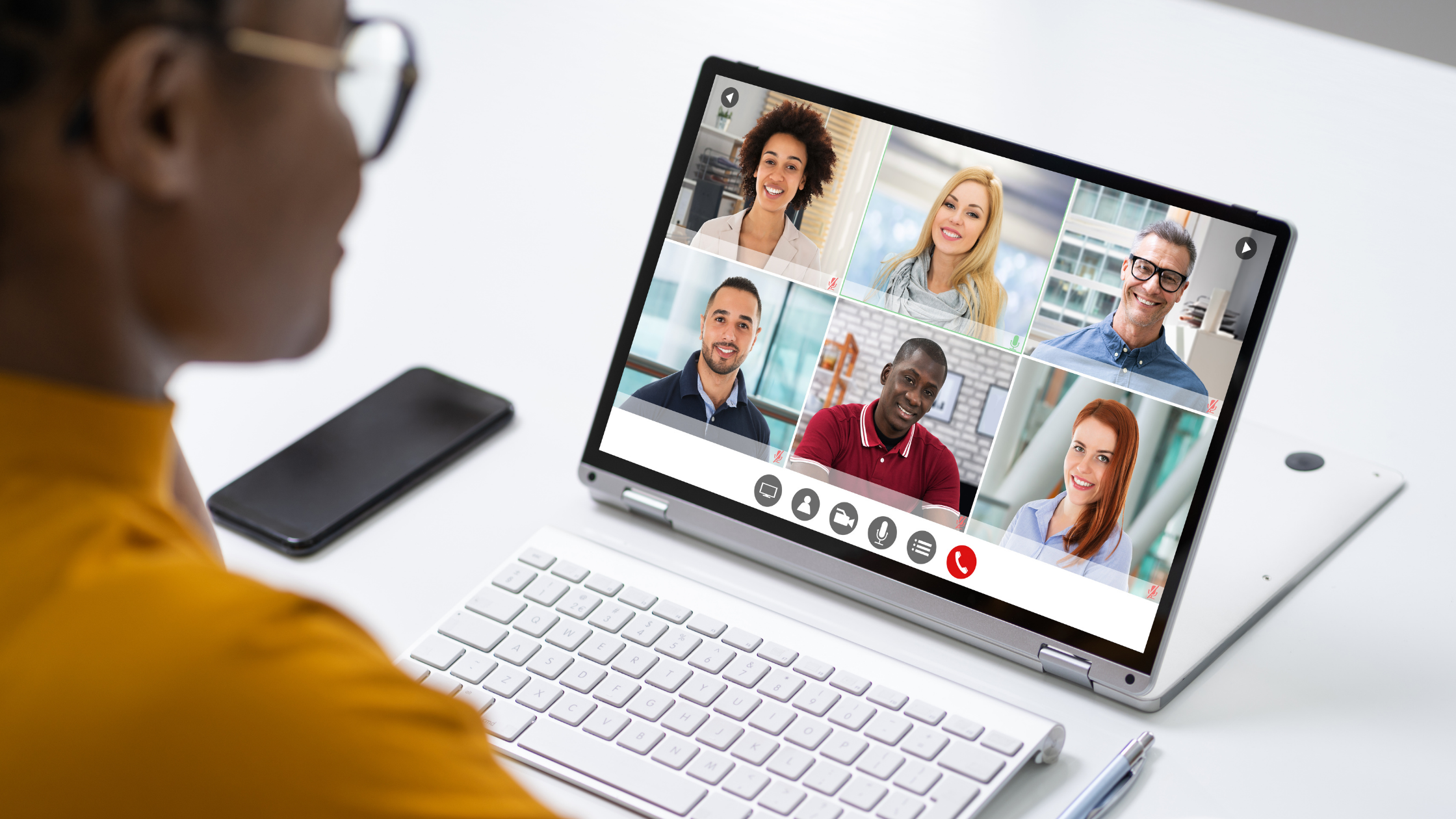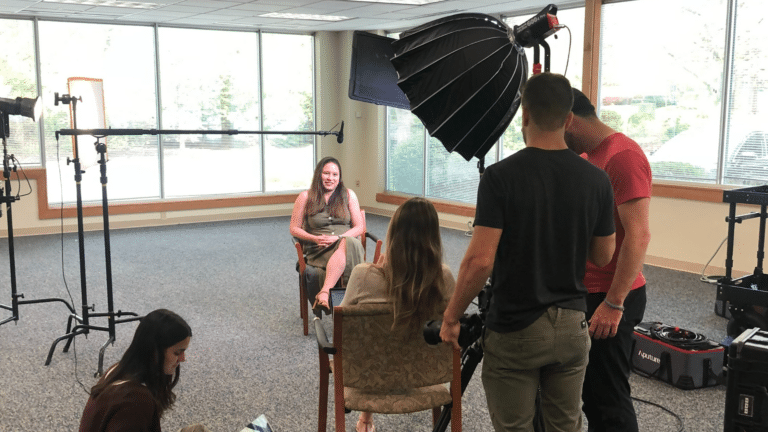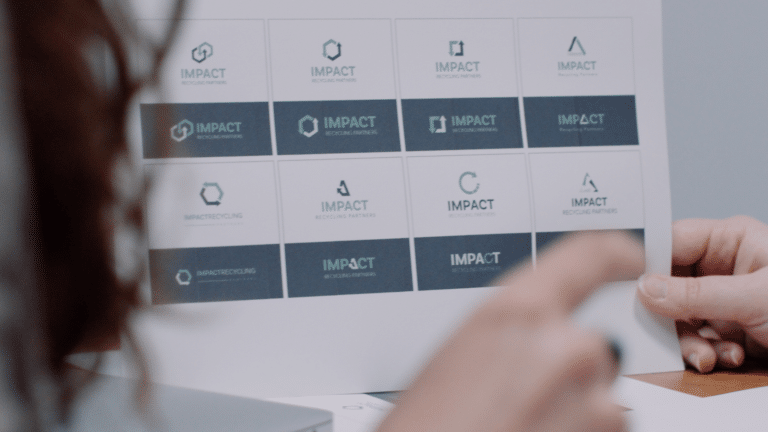The New Era of Training Videos
Think “training video” and a VHS with a grainy image and outdated content may pop into your mind. Maybe you think about a CEO telling a joke, trying to relate to you on a personal level from a distance. Perhaps you even had to watch an agonizing 15-minute video on proper handwashing techniques. Did you fall asleep just thinking about it?
Throw those images out because training videos have a massive potential to engage employees actively and, in turn, create a better user experience for the customer.
The Benefits of Training Videos
Training videos are huge right now, and for a good reason. Companies from all over the world have found them to be one of the most effective training methods, and most employees agree. 69% report that they prefer video to a written document. So, let’s get into the specific benefits of video training.
Save Money, Time, and Resources
Sending employees to conferences or a specific training center costs an excessive amount of money. It is also highly impractical because of travel restrictions and employee hesitancy to travel. Creating a video training library solves this problem, delivering the same great content to employees without the travel costs. For a company like IBM, these tactics resulted in $579 million in savings over two years.
Training videos that are available in real-time enable employees to access relevant knowledge while on the job. Employees don’t need to call and wait for over-the-phone assistance or for another more experienced employee to come out. Instead, they can watch and rewatch a video detailing the specific steps they need to take.
Attention Spans are Changing
According to the SAVO group, employees only retain 35% of their training after just seven days. Without a replay function, all that hard work put into the training is for nothing. In the event that an employee forgets something, a video is available for rewatching. Additionally, not everyone learns the same. An in-person class may only cater to one or two learning styles, but videos can incorporate all aspects of the six preferred learning styles (visual, aural, print, tactile, interactive, kinesthetic). This will ensure the learning experience is positive for everyone.
- Visual: These types of learners need simple diagrams, easy-to-understand lists, and graphics.
- Aural: Incorporate voice-overs and talking heads to appeal to learners who prefer hearing the information out loud.
- Print: Print-based learners enjoy writing the information down. Companies can provide prompts that allow these learners to recap the information through writing.
- Tactile: People who prefer using their hands to learn are likely to dive right in without reading instructions. Luckily, videos have come a long way! Now, companies can create simulations their employees can work through, quizzes, and fun learning games.
- Interactive: Interactive learners learn best through discussion, so creating a space for new employees (like a slack channel) can be very beneficial.
- Kinesthetic: These learners require activity to learn at their best, so be sure to include hands-on exercises at the end of a video training session.
Happier Employees Lower Turnover and Increase Customer Service
Employees desire opportunities to advance their careers and to move up within the company. This means that employees take pride in their work at their core and want to become better at their job. If companies are not providing these learning opportunities as a gateway to career progression, good employees are 12x more likely to search for employment elsewhere. In the end, this costs the company. Center for American Progress reported that the cost to replace an employee (minus those that require particular skills) costs up to 21% of the employee’s annual salary. Furthermore, happy employees are more likely to engage with customers in an engaging and positive way. In the end, happy and well-equipped employees equal satisfied customers.
Data Collection to Better Understand Employee Needs
Once a video library is set up, you can track key metrics like video views, rewatches, and clicks. This data can then be used to determine where the company could do better. Schedule future programs or one-ones to support the employees using this knowledge. Remember, the purpose of this analysis is not to determine if they are watching the video but whether they are retaining it. If not, it is up to the company to provide additional resources.
Training Video Case Study
At the start of 2020, Forge Apollo created a training video library for a telecom engineering company. In the past, the company’s repair team used manuals to guide the repair process. Unfortunately, this system had its share of problems. Instead of creating a streamlined process, it slowed productivity down because there were too many broken pieces or incorrect repairs. In the long run, this was costing the company time, money, and resources. Customer satisfaction and the likelihood of a referral also took a hit with every incorrect fix, hurting their overall brand image and decreasing referral potential.
The Forge Apollo Process
Every week, the telecom engineering company sent footage of their engineers repairing, and we edited them down to make them concise and easily digestible. Forge Apollo distilled the most crucial information into brief videos documenting each step of the repair process. Each repair got a video detailing each step, all organized and segmented into playlists following the correct order for each repair.
Great videos aren’t worth much without a proper distribution strategy, so our web team created a secure site for the repair people. This site integrated with the existing company portal, allowing employees to access videos without creating and remembering additional account credentials. The information was organized so that repair people can quickly find whatever repair guide or specific repair step from any device.
Coincidentally, this entire process began during the COVID-19 pandemic, so virtual videos were needed more than ever. This created a timely, streamlined process for engineers to access training for any necessary repair and created a hub to reference best practices for routine maintenance.
The Results
The videos received a warm welcome from employees, who enjoyed how easy it was to access and use them. Subsequently, the number of incorrect repairs lowered drastically, helping improve customer satisfaction across the board. This produced an immediate ROI; no need to pay to send someone back out to fix a mistake and no need to purchase new components for the broken devices. In the end, more clients could be scheduled for fixes, and more clients left the situation feeling satisfied and taken care of.
How to Determine If Training Videos are Right for Your Business
If you find yourself nodding your head to any of the challenges associated with in-person training, video training is right for you. Forge Apollo specializes in video creation and has a skilled team of producers, animators, and visual effects experts to bring your training to the next level. To learn more, please contact us today.







